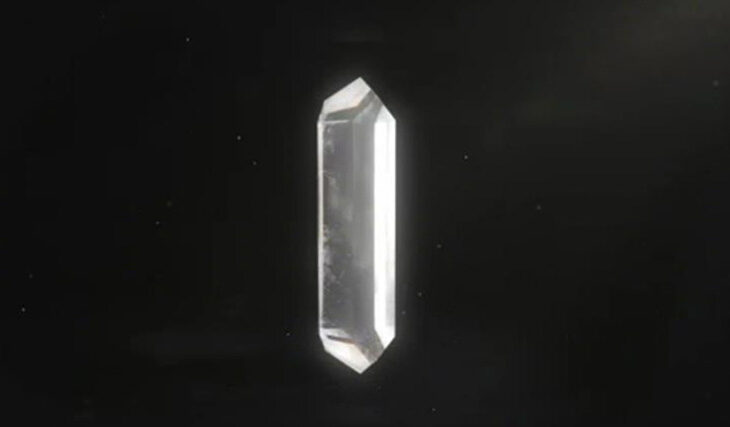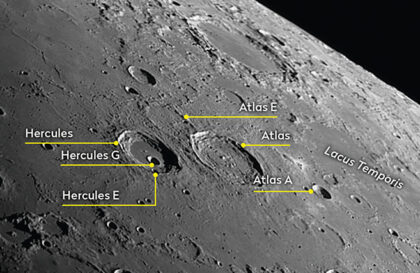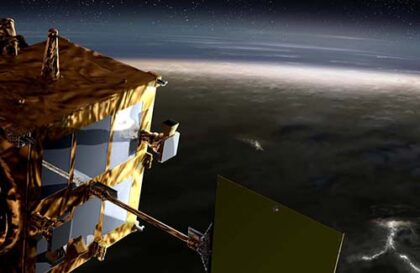China strengthened its status as the third country to find a fresh mineral on the moon’s surface. Previously, only the United States and the Soviet Union, which no longer exist, managed to do this.
In 2020, Chinese scientists made a significant breakthrough after landing on the moon. The discovery led to a new kind of mineral on the moon in a crystal returned to Earth in the retrieved samples.
The mineral, in the form of a single crystalline particle with a diameter of 10 microns, was manually separated by researchers from more than 140,000 tiny particles and then analyzed using a range of advanced mineralogical techniques.
The mineral Changesite-(Y), named after the Chinese moon goddess Chang’e, is known for its columnar crystal formation. This unique phosphate mineral was first identified in lunar basalt particles and has since been thoroughly tested in Chinese laboratories.
This is the sixth new mineral discovered by humanity on the Moon.
The Beijing Research Institute of Uranium Geology isolated the Changesite-(Y) single crystal during recent studies of lunar particles. This group of scientists made this remarkable discovery thanks to X-ray diffraction techniques.
On September 9, during a press conference, the Commission on New Minerals, Nomenclature and Classification (CNMNC), part of the International Mineralogical Association (IMA), announced the discovery of a new mineral. According to the Global Times, China’s state media, the commission confirmed the classification of the mineral.
China recently became the third country to discover a new lunar mineral, joining the ranks of the United States and the former Soviet Union. The United States first discovered the mineral during the Apollo moon landing, while the former Soviet Union achieved the milestone with lunar sample return missions.
The recovery of lunar samples by the Chang’e 5 expedition from the Oceanus Procellarum region of the Moon in December 2020 was a significant achievement. This mission was the first since the 1970s to achieve this, making it an essential milestone in the history of space exploration.
Chang’e 5. Credit: NASA
At the end of the mission, a total of 3.81 pounds of lunar samples, equivalent to 1.73 kilograms, were delivered to Earth.
China’s upcoming lunar mission, Chang’e 6, is expected to be their next foray into space. The main objective of this mission is to obtain samples from the far side of the Moon, the hemisphere that always faces away from Earth. If the mission is successful, it will be the first time this feat has been accomplished.
Banner image: Credit: People’s Daily
Image credit:
https://www.globaltimes.cn
https://nssdc.gsfc.nasa.gov






